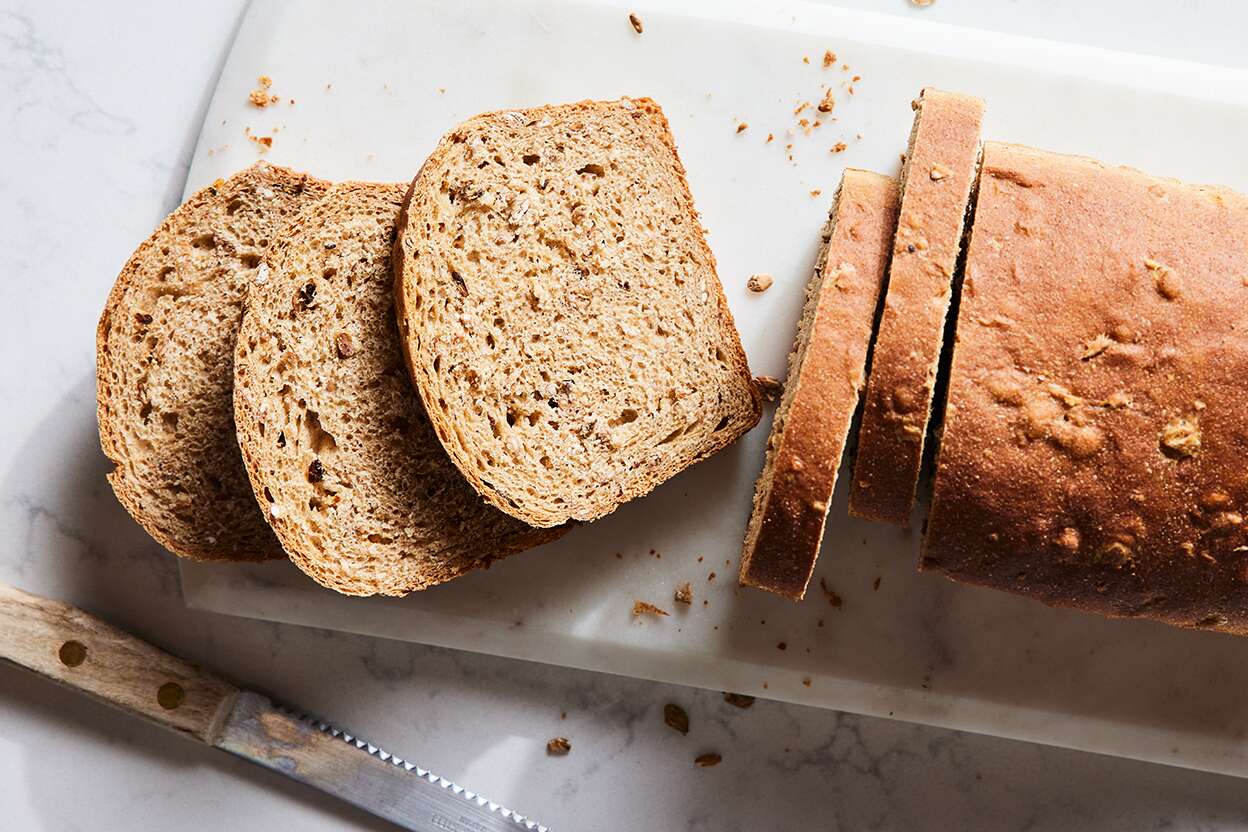

Articles
How To Store Fresh Homemade Bread
Modified: January 9, 2024
Learn the best methods for storing fresh homemade bread in this informative article. Keep your loaves fresh and delicious for longer with these helpful tips.
(Many of the links in this article redirect to a specific reviewed product. Your purchase of these products through affiliate links helps to generate commission for Storables.com, at no extra cost. Learn more)
Introduction
Homemade bread is a culinary masterpiece that fills your kitchen with the delightful aroma of freshly baked goodness. Whether you are a seasoned bread baker or a beginner, there’s nothing quite like slicing into a loaf of warm, homemade bread. While the process of making bread can be rewarding, it’s equally important to know how to store your homemade bread properly to ensure its freshness and flavor.
Keeping fresh bread at its best requires understanding the factors that affect its shelf life and choosing the right storage method accordingly. In this article, we will explore the importance of proper bread storage and guide you through different methods to store your fresh homemade bread.
Key Takeaways:
- Proper storage is crucial for maintaining the freshness and flavor of homemade bread. Factors like bread type, slicing, and ambient conditions impact shelf life. Choose the right method, whether room temperature, refrigerator, or freezer, to enjoy delicious bread for longer.
- To keep homemade bread fresh, consider factors like bread type, slicing, and ambient conditions. Choose the right storage method, whether room temperature, refrigerator, or freezer, to preserve its taste and texture. Proper wrapping and protection from air exposure are essential for maintaining freshness.
Read more: How To Store Homemade Bread For Freshness
The Importance of Proper Bread Storage
Proper bread storage is crucial for maintaining the quality and taste of your homemade loaves. When bread is exposed to air and moisture, it can quickly become stale and lose its desirable texture and flavor. By storing your fresh bread correctly, you can prolong its shelf life and enjoy every slice as if it were freshly baked.
One of the primary enemies of bread is moisture. Bread that is not stored properly can become damp, making it susceptible to mold growth. Mold not only ruins the appearance and taste of bread but can also pose health risks if consumed. Additionally, exposure to air can cause bread to dry out, resulting in a hard and unappetizing texture.
Another essential aspect of proper bread storage is preventing it from absorbing strong odors from other foods in your kitchen. Bread has a porous texture, making it prone to picking up flavors and smells from its surroundings. By storing your bread correctly, you can preserve its original flavor profile and avoid any unwanted flavors seeping into the loaf.
Similarly, temperature plays a vital role in bread storage. Extreme temperatures, either too hot or too cold, can have detrimental effects on the quality and taste of your bread. High temperatures can accelerate the staling process, while freezing bread without proper precautions can cause texture degradation and lead to freezer burn.
By understanding the importance of proper bread storage, you can ensure that your homemade loaves remain fresh, moist, and delicious for an extended period.
Factors to Consider Before Storing Homemade Bread
Before diving into the various methods of storing homemade bread, it’s crucial to consider a few factors that can impact the shelf life and quality of your loaves. By understanding these factors, you can make informed decisions about how to store your bread and maximize its freshness:
1. Bread Type: Different types of bread have varying moisture levels and shelf lives. For example, crusty bread with a higher water content tends to stale faster than denser bread like sandwich loaves. Consider the specific characteristics of your homemade bread when determining the optimal storage method.
2. Freshness: Storing bread immediately after it has cooled down is essential for maintaining its freshness. Allowing the bread to sit out for too long can lead to moisture loss and accelerated staling.
3. Slicing: Whole loaves of bread stay fresh longer than sliced bread. Slicing bread exposes more surface area to air, leading to faster staling. If possible, consider slicing your bread only when you’re ready to consume it.
4. Ambient Conditions: The temperature and humidity in your kitchen can affect the shelf life of your bread. Hot and humid environments accelerate mold growth, while cold and dry conditions can dry out the bread more quickly.
5. Quantity: Consider the number of loaves you have and the expected consumption rate. Storing more bread than you can consume within a few days may lead to wastage or compromise the quality of the remaining loaves.
Keeping these factors in mind will help you determine the most suitable method for storing your homemade bread, ensuring that it stays fresh and delicious for a longer period.
Different Methods of Storing Fresh Homemade Bread
When it comes to storing fresh homemade bread, there are several methods you can choose from, depending on your preferences and the specific characteristics of your bread:
1. Storing Bread at Room Temperature: If you plan to consume your bread within a few days, storing it at room temperature is a convenient option. Place the loaf in a bread box, paper bag, or airtight container to protect it from air and retard moisture loss. Keep it in a cool and dry area of your kitchen, away from direct sunlight and heat sources. Remember to keep the bread away from strong odors as well.
2. Storing Bread in the Refrigerator: If you want to extend the shelf life of your homemade bread, you can store it in the refrigerator. However, note that refrigeration can accelerate the staling process, resulting in a dryer texture. To prevent this, wrap the bread tightly in plastic wrap or foil to minimize air exposure. Before consuming refrigerated bread, allow it to come to room temperature or gently warm it in the oven to restore its freshness.
3. Storing Bread in the Freezer: Freezing homemade bread is an excellent option for long-term storage. To freeze your bread, wrap it tightly in plastic wrap, followed by a layer of aluminum foil or place it in a freezer bag. Proper wrapping is crucial to prevent freezer burn. Frozen bread can be stored for up to three months. When you’re ready to enjoy it, remove the bread from the freezer and thaw it at room temperature. To restore the crust’s crispness, you can briefly heat the loaf in the oven.
It’s worth noting that not all types of bread freeze and thaw equally well. Dense bread, such as sandwich loaves, generally freeze better than crusty or delicate bread. Experiment with different types of bread and freezing methods to find what works best for you.
By choosing the appropriate storage method, you can ensure that your homemade bread retains its flavor, texture, and freshness for an extended period, allowing you to enjoy every slice as if it were just baked.
Method 1: Storing Bread at Room Temperature
Storing your homemade bread at room temperature is a convenient option if you plan to consume it within a few days. Here’s how you can ensure your bread stays fresh:
1. Choose the right container: Place your loaf of bread in a bread box, paper bag, or an airtight container. These options provide a protective barrier, shielding your bread from excess air. Avoid using plastic bags as they can trap moisture and promote mold growth.
2. Keep it in a cool, dry place: Find a cool and dry area of your kitchen to store the bread. Avoid exposing it to direct sunlight or heat sources, as they can accelerate the staling process. Maintaining a stable temperature will help preserve the bread’s freshness.
3. Protect it from strong odors: Homemade bread has a porous texture, making it prone to absorbing strong odors. Keep your bread away from pungent foods like onion, garlic, or highly aromatic spices. This will help maintain the original flavor profile of your bread.
4. Slice only what you need: Whole loaves of bread stay fresh longer than sliced bread. Consider slicing your homemade bread only when you’re ready to consume it. This minimizes the exposed surface area and slows down the staling process.
5. Use within a few days: Unlike commercially processed bread, homemade bread lacks preservatives and has a shorter shelf life. It’s best to consume your homemade bread within two to three days of baking for optimal freshness. If you still have leftovers beyond that time frame, consider freezing them for longer storage.
Storing your homemade bread at room temperature allows it to maintain its natural moisture and flavor. By following these simple steps, you can enjoy delicious, fresh slices of bread for a few days.
Store fresh homemade bread in a paper bag or bread box at room temperature for up to 2-3 days. For longer storage, wrap the bread in plastic wrap and freeze for up to 3 months. Thaw at room temperature when ready to eat.
Read more: How To Store Fresh Homemade Pasta
Method 2: Storing Bread in the Refrigerator
If you want to extend the shelf life of your homemade bread beyond a few days, storing it in the refrigerator is an option. However, keep in mind that refrigeration can accelerate the staling process and affect the texture of the bread. Here’s how you can store your bread in the refrigerator:
1. Wrap it tightly: Before placing your homemade bread in the refrigerator, ensure it is wrapped tightly to minimize air exposure. Use plastic wrap, aluminum foil, or airtight containers for maximum protection. This will prevent moisture loss and help maintain the bread’s freshness.
2. Maintain a uniform temperature: Set the refrigerator temperature at around 4-6°C (40-43°F) to keep the bread fresh. Avoid storing the bread near the back of the refrigerator where it’s coldest or near the door where temperature fluctuations are more common.
3. Limit storage time: Storing bread in the refrigerator can extend its shelf life by a few more days. However, it’s important to note that refrigeration can cause the bread to become slightly dry. To maximize its taste and texture, consume refrigerated bread within 3-4 days.
4. Bring to room temperature: Before enjoying your refrigerated bread, allow it to come to room temperature. This will help restore some of its moisture and enhance its taste and texture. To further enhance its freshness, you can briefly warm the loaf in the oven at a low temperature.
While refrigerating homemade bread may not be the ideal method for ultimate freshness, it can be a suitable option if you want to store it for a few extra days. Just make sure to wrap it tightly and consume it within a reasonable time frame to maintain its quality.
Method 3: Storing Bread in the Freezer
If you want to store your homemade bread for an extended period, freezing is the most effective method. Freezing bread allows you to preserve its freshness and flavor for several months. Follow these steps to properly store your bread in the freezer:
1. Cool the bread completely: Allow your freshly-baked bread to cool down completely before freezing. This helps prevent moisture buildup, which can lead to ice crystals and freezer burn.
2. Wrap it securely: Wrap the bread tightly to prevent air exposure and moisture loss. You can use plastic wrap, aluminum foil, or place it in a freezer bag. Make sure to wrap it multiple times to create a strong barrier against air and avoid freezer burn.
3. Label and date: Before placing the wrapped bread in the freezer, label it with the type of bread and the date of freezing. This helps you keep track of how long each loaf has been frozen and ensures you use them in a timely manner.
4. Store in a freezer-safe container: If you have multiple loaves, consider placing them in a freezer-safe container for added protection. This helps prevent any accidental damage or compression during storage.
5. Freeze for up to three months: Homemade bread stored in the freezer can remain fresh for up to three months. However, for the best quality and taste, it’s recommended to consume it within the first month. Beyond that, the bread may start to suffer from texture degradation and lose some of its flavor.
6. Thawing and reheating: When you’re ready to enjoy your frozen bread, remove it from the freezer and let it thaw at room temperature. Once thawed, you can slightly warm the bread in the oven at a low temperature to restore its crust’s crispness. Avoid using a microwave as it can make the bread soggy.
Freezing is a reliable method for long-term storage, allowing you to enjoy your homemade bread even after several weeks or months. With proper wrapping and labeling, your frozen bread will retain its taste and quality for an extended period.
Tips for Maintaining Bread Freshness
Keeping your homemade bread fresh and flavorful is essential for enjoying the best possible taste and texture. Here are some tips to help you maintain the freshness of your bread:
1. Slice as needed: To prevent unnecessary exposure to air, slice your bread only when you’re ready to eat it. This helps to retain the moisture and texture of the remaining loaf.
2. Use a bread box: Invest in a bread box, which provides a cool and dry environment for storing bread at room temperature. The box helps to regulate temperature and protect the bread from excess air, keeping it fresher for longer.
3. Wrap in a clean cloth: For longer shelf life, wrap your bread in a clean cloth or linen bag. The cloth absorbs excess moisture from the bread while still allowing it to breathe, preventing moisture buildup.
4. Avoid slicing warm bread: Wait for your homemade bread to cool completely before slicing it. Slicing warm bread traps steam inside, which can lead to moisture accumulation and make the bread go stale faster.
5. Store crusty bread cut-side down: If you have crusty bread like baguettes or artisan loaves, store them cut-side down on a cutting board or breadbox. This helps to preserve the crust’s crispness by preventing it from becoming soft through contact with the air.
6. Reheat before serving: If you have leftover bread that has lost its freshness, you can revive it by briefly toasting or reheating it in the oven. This helps to restore the crust’s crunchiness and gives the bread a warm, fresh-from-the-oven taste.
7. Freeze in smaller portions: If you rarely consume an entire loaf, consider slicing it and freezing individual portions. This allows you to take out only what you need and minimize wastage.
Remember, homemade bread lacks preservatives, so it’s important to take extra care to maintain its freshness. By following these tips, you can enjoy your delicious homemade bread for an extended period, savoring every slice as if it were just baked.
Conclusion
Properly storing your fresh homemade bread is key to preserving its taste, texture, and overall quality. By understanding the importance of bread storage and considering factors such as bread type, freshness, slicing, ambient conditions, and quantity, you can make informed decisions about the best method for storing your bread.
Whether you choose to store your bread at room temperature, in the refrigerator, or in the freezer, each method has its advantages and considerations. Storing bread at room temperature is ideal for short-term consumption, while refrigeration extends the shelf life slightly. Freezing bread allows for long-term storage, but it’s important to handle the process carefully to maintain its freshness upon thawing.
In all methods of bread storage, it’s essential to pay attention to proper wrapping and protection from air exposure and moisture. This helps prevent staling, mold growth, and flavor contamination. Additionally, following tips such as slicing as needed, using a bread box, wrapping in a clean cloth, and reheating before serving will contribute to maintaining the bread’s freshness.
Remember that homemade bread lacks preservatives, and its shelf life will naturally be shorter compared to commercially processed bread. However, with proper storage and care, you can enjoy your homemade loaves for several days or even months, depending on the chosen method.
So, the next time you bake a delicious loaf of homemade bread, take the time to consider the best storage method for your needs. By doing so, you’ll ensure that every slice of bread you enjoy is as fresh, flavorful, and delightful as the day it was baked.
Frequently Asked Questions about How To Store Fresh Homemade Bread
Was this page helpful?
At Storables.com, we guarantee accurate and reliable information. Our content, validated by Expert Board Contributors, is crafted following stringent Editorial Policies. We're committed to providing you with well-researched, expert-backed insights for all your informational needs.


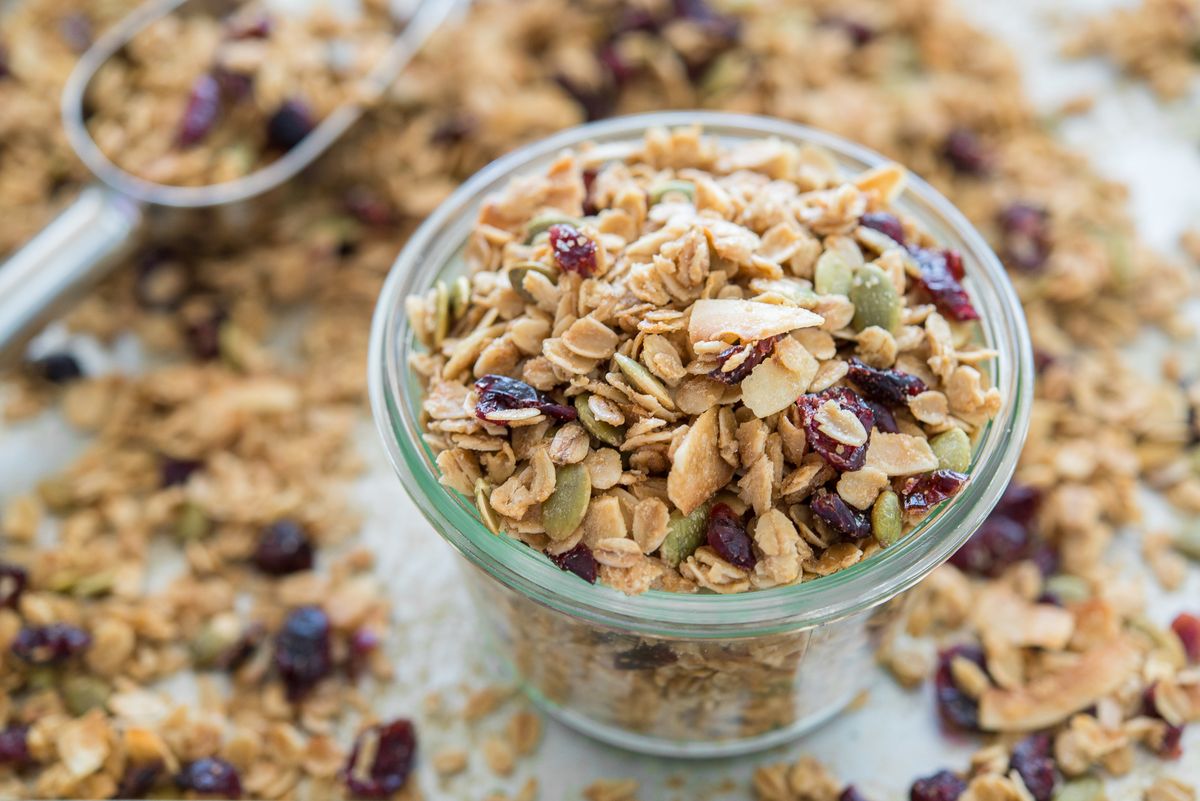


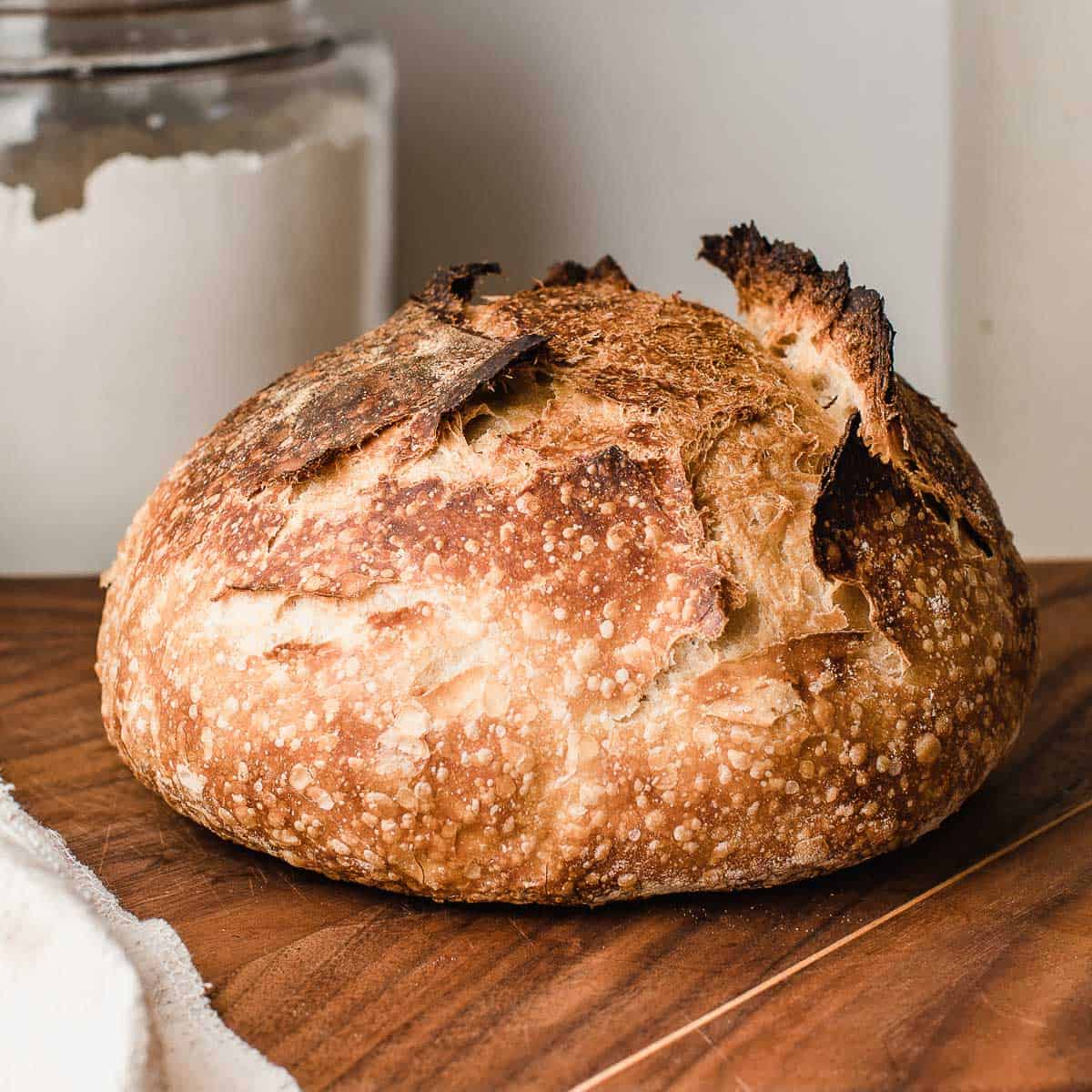
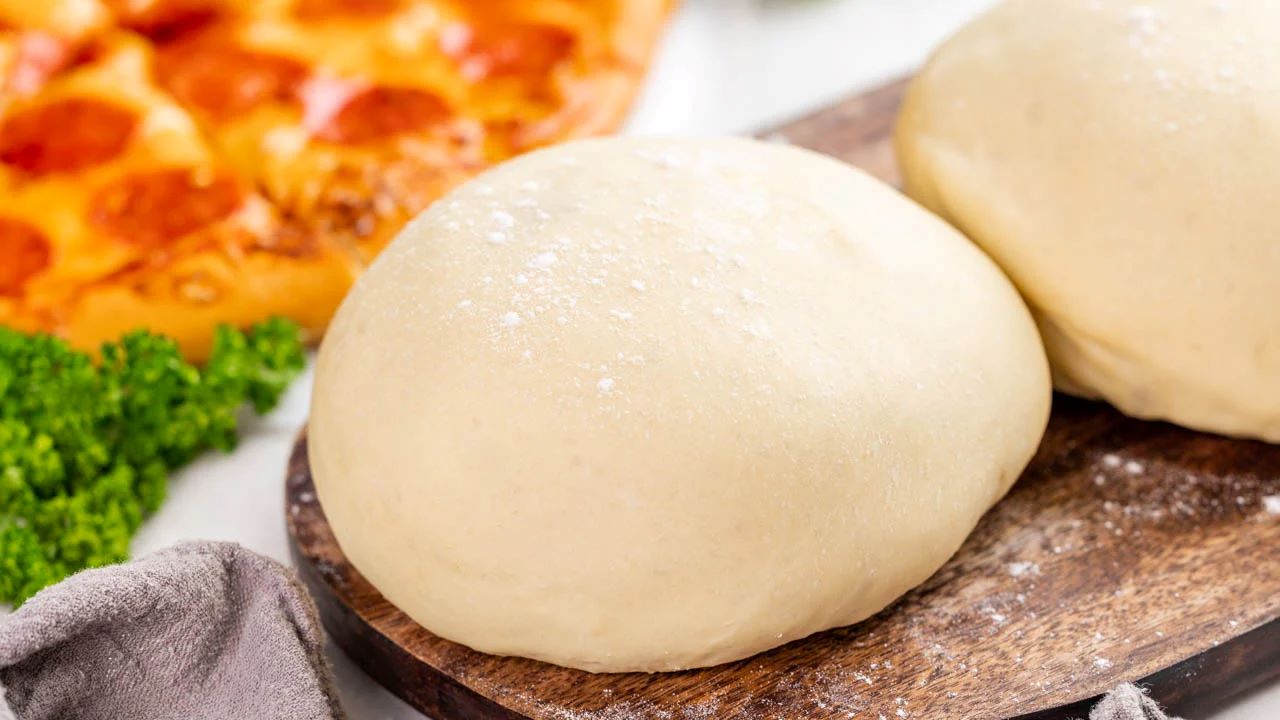


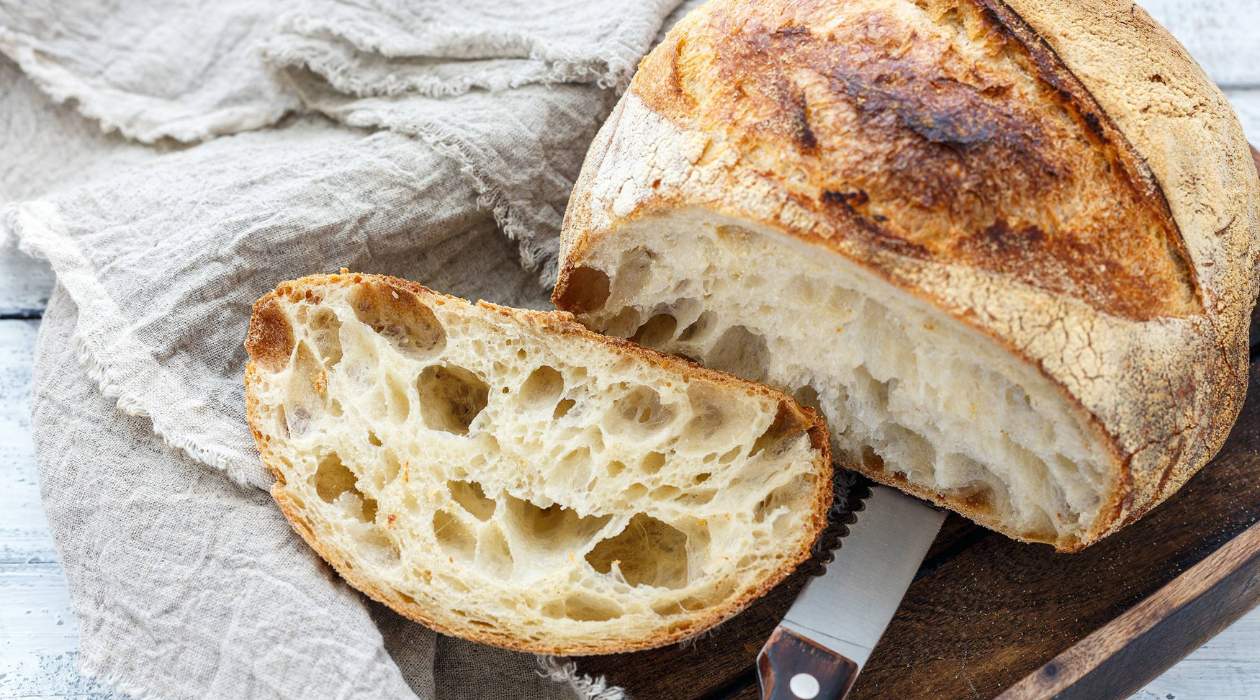



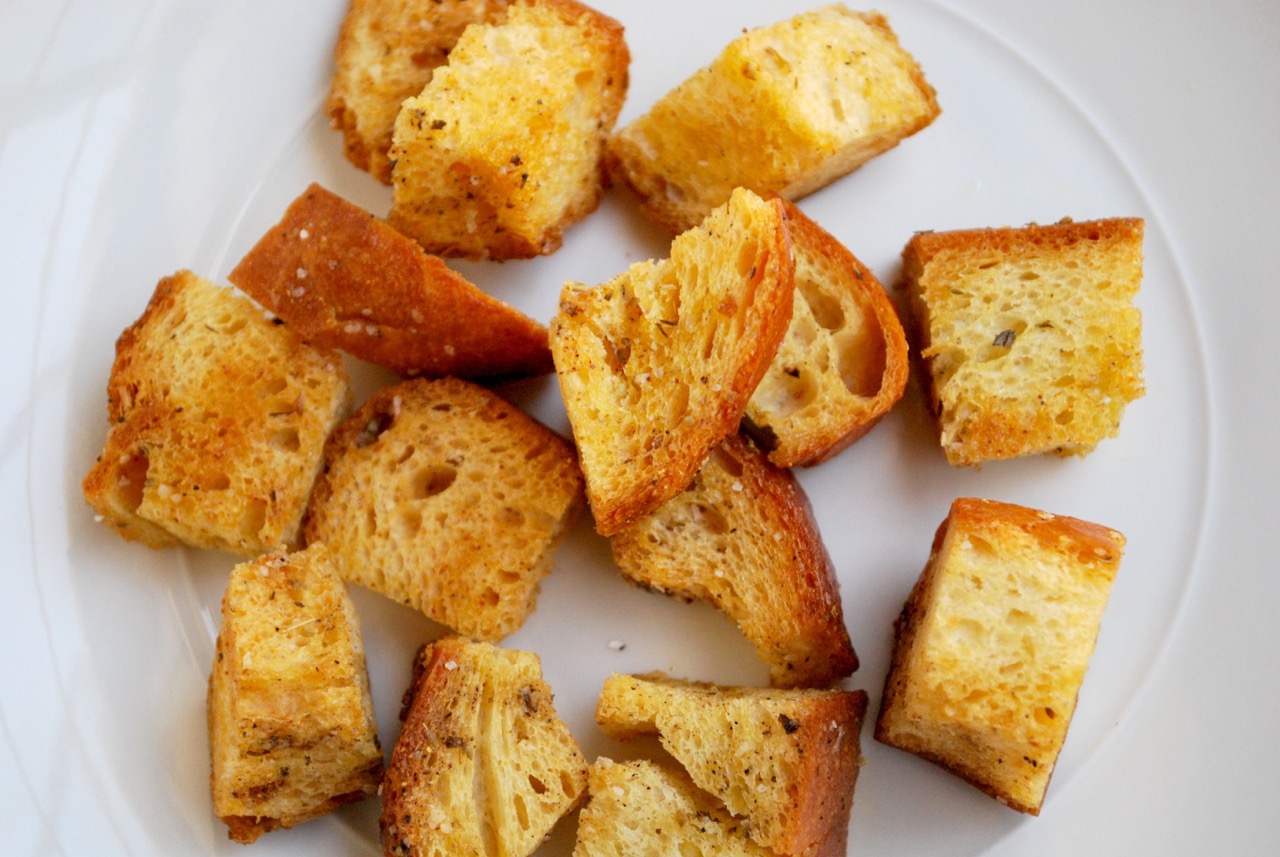

0 thoughts on “How To Store Fresh Homemade Bread”